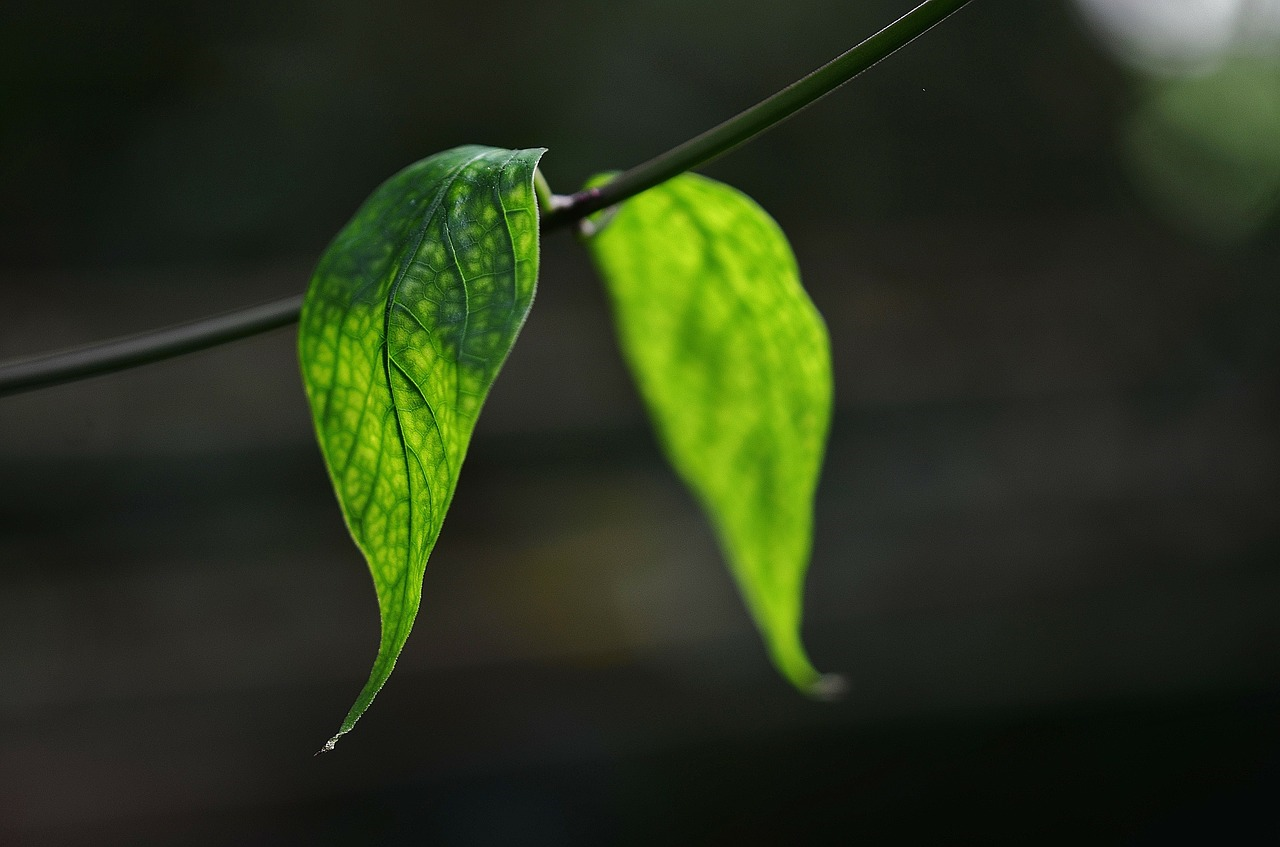
When it comes to growing plants indoors, you have a lot more control over environmental factors than plants grown outside. Because of that, it is less likely that your plants will succumb to bacteria, viruses, or fungus inside. But the controlled environment does not mean your plants will never develop problems. Take a look at the top 5 indoor plant diseases to watch out for.
Fungus: your plants' mortal enemy
Fungus is actually one of the easiest plant diseases to prevent. It is usually caused by overwatering your plants. Fungi thrive in moist environments, and they actually can grow in a hydroponic setup without soil. Know the signs of the top fungal diseases for plants.
1. Anthracnose—This fungus can be recognized by leaf tips that turn yellow and then start to turn the whole leaf brown. Remove infected leaves when sighted to prevent anthracnose from spreading to the whole plant.
2. Root rot —When your roots begin to turn soft and brown or black, root rot is taking hold. This disease can spread to the stem as well,eventually wilting and destroying the whole plant. If root rot has taken hold, you must remove the infected plant. It cannot be saved. In a hydroponic setup where the roots are constantly exposed to water, you must ensure proper aeration of the water system to prevent root rot.
3. Leaf spots—Any time you see brown or black spots, sometimes ringed with yellow, on the leaves of your plant, you should remove the infected leaves to preserve the health of your plant.
You can also use a fungus control concentrate to help prevent fungal infestations.
Pinning down pests
Insect and mite infestations can be hard to spot because many pests that attack indoor plants are quite small. Additionally, the symptoms can look similar to fungal diseases, but you will need to either get rid of pest-infected plants or use a pesticide treatment. These are the pests most likely to attack indoors.
4. Aphids—These are small insects that like to attach their colonies to the undersides of leaves and suck the sap from your plant. They can be green, gray, or black, and they are small but can be seen if you look closely for them.
5. Mites—Many different species of mites exist, but two of the most commonly found mites on indoor plants are broad mites and spider mites. Both are too tiny to see. And you won't be able to see their microscopic bite marks on the leaves either. What you will see are signs of unhealthy leaves—changing colors, upturned leaf edges, and changing textures, for instance, leaves becoming more glossy. Spider mites are a little easier to diagnose because they leave a signature "webbing" on the leaves of plants that looks much like spider webs.
Any of these diseases can destroy your plants quickly. Take preventive measures by keeping your grow room climate-controlled and sealed off to pests. Neem oil is a safe and natural preventative treatment that you can use before problems arise. Ask our team at Indoor Cultivator about how to use neem oil and our other tried and true disease-prevention strategies for indoor plants.
